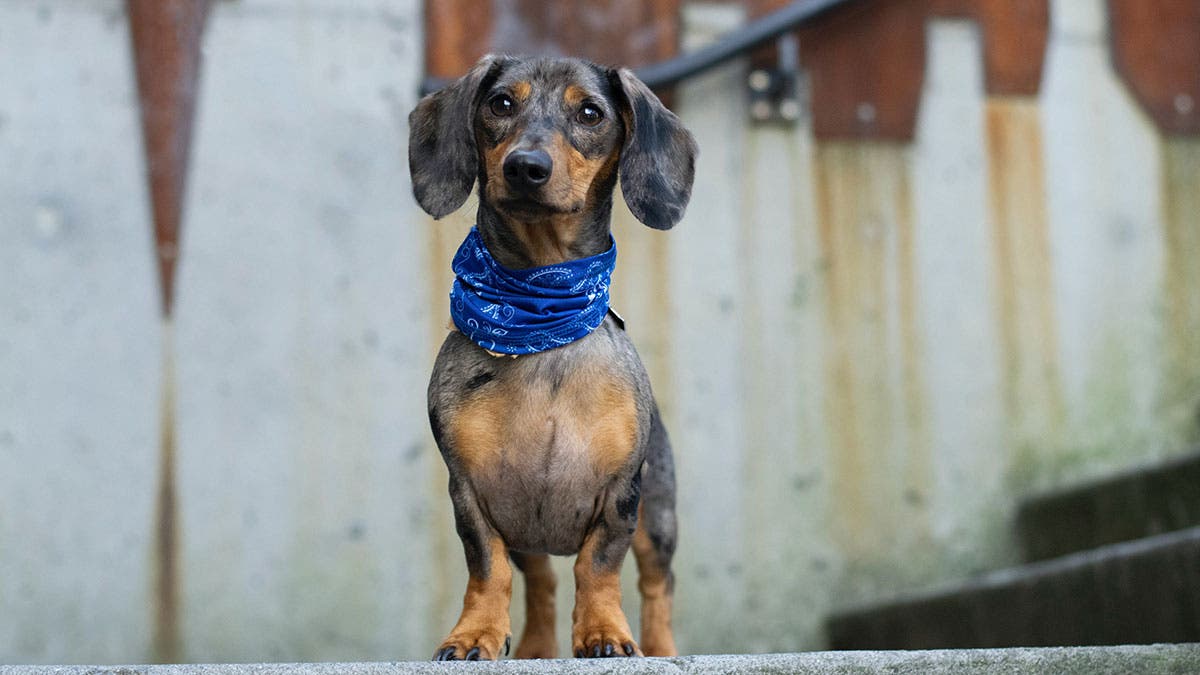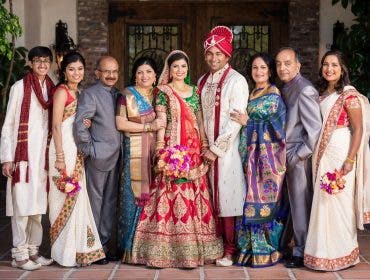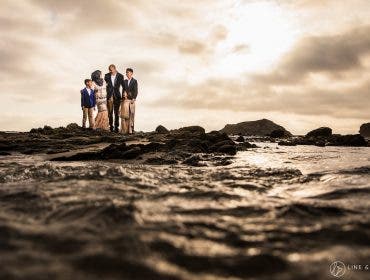Part of any photographer’s instinct is to capture everything that they find beautiful and are close to their hearts, including their beloved pets. Dogs, for one, make some of the cutest, funniest, and most vibrant photography subjects. However, just as it is when photographing young children, it can be very difficult to capture really good dog photography shots due to their unpredictability.
How to Master Dog Photography
Canis lupus familiaris–common dogs–were first domesticated by humans thousands of years ago. Approximately 100 years ago, dog owners started photographing their household pooches with Kodak box cameras. While cameras have changed over the last century, dogs haven’t evolved much (though, yes, we’ve created new breeds). The art of dog photography takes practice, as do all types of photography, and has added challenges thanks to the unpredictability of the subject.
Here are a few practical and helpful tips to make your pictorial as easy and convenient as possible for you and your pet.
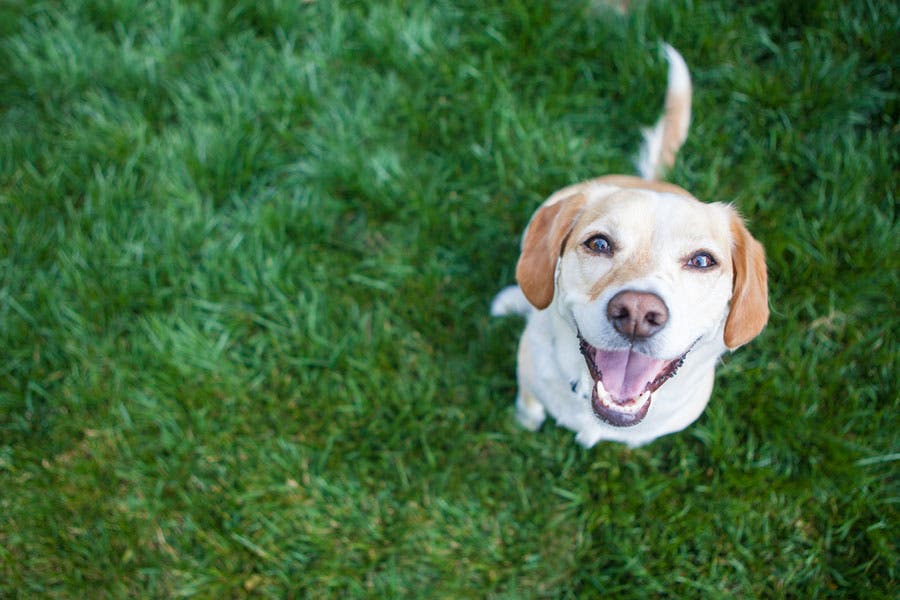
Dog photography isn’t actually all that difficult once you understand how you can make your furry best friend feel comfortable in front of the camera and how to creatively take high-quality photos of them. Check out our tips below and you’ll be a confident pet photographer in no time.
Dog Photography Tips For Great Pet Portraits
Schedule the Session
The success of the shoot can sometimes rely on proper scheduling. If you’re aiming for portrait-style dog photos, you’ll have a much better chance of catching your dog in a relaxed position when they are feeling sleepy or have just woken up. And if you’re seeking dynamic action shots, then it’s best to take photos of them when they are most energetic. You can usually prep them for the latter by playing with them beforehand. Sometimes you can get lucky and capture both relaxed shots and action shots in the same photography session. To do it, start off with the pups feeling more relaxed, and then reward them with treats and play time for more energetic dog photos later on.
Carefully Plan Your Shots
Capturing candids and going with the flow can get you good photos, but for really engaging ones that tell a story, you’ll need to show them in context. Conceptualize a photoshoot theme, and plan your key shots, as well as what you may have to do to create it. You may want to include props, such as pet toys or food that will bring out expressions of desire and excitement. Add variety to your dog photography shots by choosing several areas of the house that you may place them in and planning different activities.
Use Natural Light
You don’t necessarily have to worry about flashes and complicated lighting setups when taking photos of dogs. The best option is to use natural, continuous light that won’t frighten them or cause red-eye in your images. Whether you’re using ambient or studio lights, the general rule is to go for bright, diffused light that will help create more flattering portraits.
If you’re in a slightly darker environment or if the pup isn’t responding well to brighter lights, you can always boost your ISO to capture action shots at fast shutter speeds even in a darker environment. The higher the ISO, the faster you can shoot! If you’re shooting outdoors, overcast days are often best for providing even, diffused lighting. Days filled with sunshine present more challenges for photo sessions than overcast days, so if it’s cloudy, don’t fret.
Bonus Tip: Don’t forget to make sure that your subject has ample catchlight, or white reflective parts in the eyes, to avoid making the eyes look flat and dead. Capturing that extra spark will give your dog photos more personality and help you stand out as a pet photographer!
Use Fast Shutter Speeds
Now here’s one reason why it can be very difficult to capture photos of pets. More often than not, you’ll need to use a camera that offers fast shutter speeds to freeze action. This means you’ll also need to know how to configure camera settings in manual mode.
Some digital cameras offer a programmed Pet Mode, but it’s usually not enough to capture well-exposed, tack-sharp images—so your best bet is to use a DSLR, mirrorless camera, or at least a special app that allows you to adjust manual camera settings. Using an animal-based face detection setting, like the one offered on some Nikon, Canon, and Sony models, can help. For example, the Nikon Z series, Canon EOS R3, and Sony A1 all feature animal eye detection.
But if possible, shoot in burst mode so you capture a range of poses and expressions without lifting your finger from the shutter button. This will give you plenty of options to choose from!
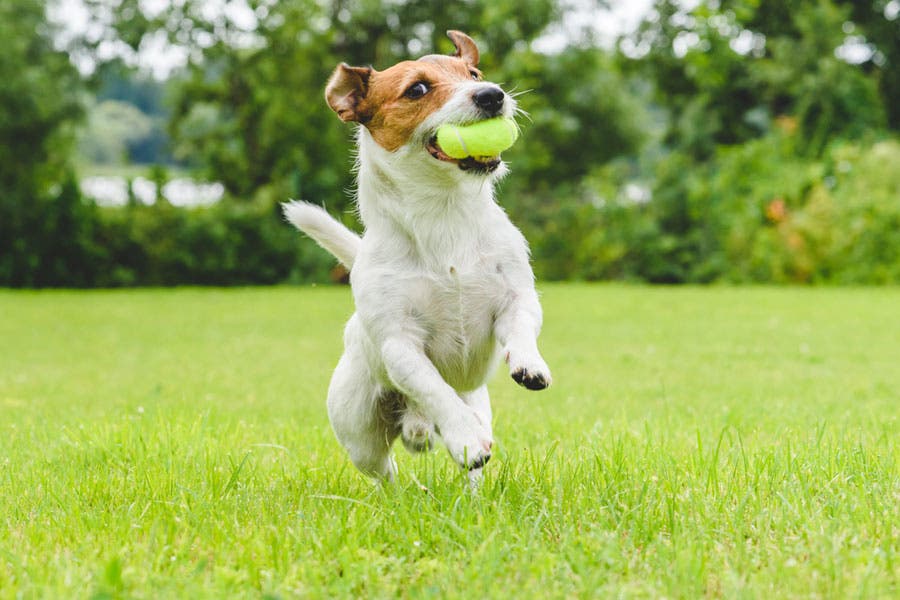
Shoot Where They’re Comfortable
The most basic aim in dog photography is to capture your best friend’s character and personality. You’re less likely to get this if they’re in an unfamiliar place, such as a studio. Head out to a park or to your backyard and allow your pet to relax and loosen up. This should help them feel—and look—more comfortable for the camera. For new pet photographers, it will help you feel more comfortable too!
Get Down to Their Level
Everybody is used to seeing dogs from above, so photos from that angle may not be as striking. For best results, shoot them in their world—from way down below. Depending on the dog breed, you may have to crouch with your camera or lie on your belly just to level the camera with your pooch. The objective is to shoot from their eye level or even lower, where you can get the best view of their expressions. As a new dog photographer, laying on the floor with your camera for a photoshoot may feel intimidating. Just remember to keep your lens cloth handy for the inevitable nose smudges.
Grab Their Attention
Getting a pup’s attention is one of the most important skills to develop when doing dog photography. If you wish to make them hold still, try this simple trick: let them play quietly and, once you’re ready with the camera aimed and your finger on the shutter, call for your dog’s attention. Click the shutter the second they look in your direction and you’ll be able to capture them with their full attention on you and your camera.
Once you have their attention, you may be able to capture a couple of easy shots of them sitting still. Be careful not to make any sudden movements as this will most likely make them jump up and follow you. Move slowly and avoid making eye contact as you change positions or reach out for a prop. If they do start to move or play, keep shooting in burst mode for the best chance at a good action shot!
Focus on the Eyes
“Eyes are the window to the soul,” and this applies to any living subject. When framing your dog, make sure to auto-focus on the eyes to make sure they’re sharp and to allow the dog’s expression to become the focal point of your image. You may want to watch out for and capture that perfect puppy dog eyes moment, whether or not they’re looking straight at your camera. Expression and personality in the eyes will always result in more engaging dog photos.
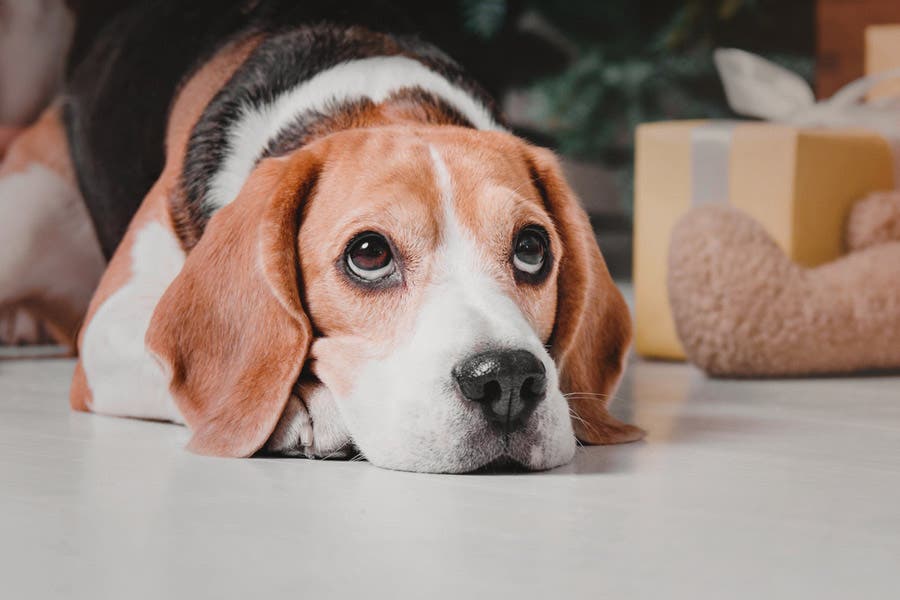
Capture Their Character
Even better than a cute closeup of your pet is a photo of them that conveys their character. If your dog is the playful type, you should definitely add a picture of him in action in your proposed shot list. If the dog loves lounging around, take a snap of him yawning while lying in his favorite bed. Those precious photos will definitely be for keeps!
Change Your Perspective
Utilize your spacious memory card by taking as many photos as you want. But for variety, try shooting from different angles. Aside from taking shots from above and at eye level, try shooting from way down below (especially for bigger dogs), from the side, and even from behind. Make use of your creativity and try taking close up shots of the face, paws, or even the tail.
Be Patient
Aside from camera gear and photography know-how, another important thing that dog photography requires is patience—and a lot of it. Pets obviously can’t follow specific instructions unless they’re trained by a professional. At the same time, they’re known to absorb human energy, so if you end up getting stressed out or frustrated, they’ll sense it and will begin to mirror your feelings.
The worst thing you can do is to raise your voice and repeatedly command them to do certain things, as this will only confuse or freak out your pet. If they ever do stay still, you’ll get photos of them with flat ears and concerned eyes that don’t look good on camera. Remember, they can sense what you’re feeling, so the more relaxed you are, the higher the chances of you getting a decent shot. It helps to remember that you can correct lots of small issues in Lightroom or Photoshop. Focus on the dog having a good time during his session, and don’t worry about little glitches like drool or dirt that you can fix later.
Reward Your Pet
Don’t forget to pay your model! Throughout the shoot, offer them something that they really like to keep them motivated and to encourage them to cooperate. The reward is up to you, and it can be anything from treats and toys to belly rubs and other forms of affection. Treats can even serve as bait, props, or tools that can help warm up your pet for the camera. Use rewards to make the shoot more fun and enjoyable, as it should be!
Check out more samples of pet portraits in the episode of AdoramaTV below:
Pet & Dog Photography: Frequently Asked Questions
How do you become a pet photographer?
The most important first step for breaking into dog photography, or general pet photography, is to have a portfolio that showcases your pet-photography capabilities. Photograph your friends’ or families’ animals to build your beginner photography portfolio. This portfolio can be a fleshed-out website, a pet-photography Instagram page, or all of the above. From here, get the word out about your dog-photography business. Post on social media with the right hashtags. Dabble into social-media advertising. Hone your style and aesthetic so potential clients know what to expect with your work. And, as always, ask your existing clients for reviews or referrals in case their friends are pet parents, too.
Is there money in pet photography?
Like all things, whether or not you can make money in photography depends on a lot of things: your location, your brand, your marketing, and more. According to Penny Hoarder, one pet-photography business, Urban Dog Studio, charges between $1,500 to $3,000 per pet photography session. Another report notes pet photographers can make around $60,000 per year, or roughly $30 per hour. Again, everything depends, but if you do it right, pet photography—like any kind of photography—can be lucrative.
How do you start a pet photography business?
Starting a dog photography business requires a handful of things: a camera, a prime lens, a tripod, studio or photo space (such as a local park), and a marketing plan to let people know about your offerings. For the latter, you can do everything from social-media marketing to business cards or signs in local coffee shops. Sometimes, getting started in pet photography requires a bit of low-pay work to build your portfolio. However, this is a critical first step to show future clients what you can do.
What is the best lens for pet photography?
The best lens for dog photography is a prime lens. Just like portrait photography, look for a 35mm, 55mm, or 70mm lens. The shallower the aperture, the better. That way you can blur the background (or add a bit of bokeh) and direct the viewer’s eye to the main subject: the pet.
Do dogs pose for photos?
Dogs aren’t always the most cooperative when it comes to photo posing—they’re animals after all—but you can help them get into a cute and photogenic pose by using everything from (owner-approved) treats to squeaky toys. If the dog’s still not cooperating, try a quick break or walk to calm them down then experiment with some dog poses when you return.

